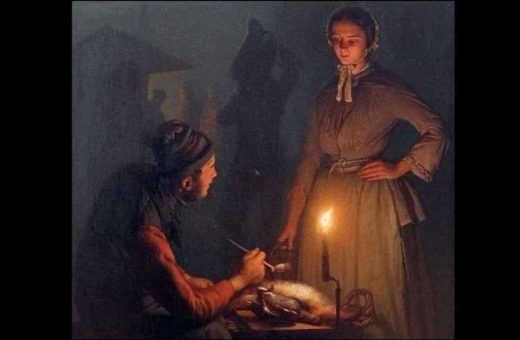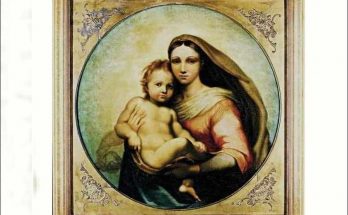Petrus van Schendel paintings. Imagine walking into a museum and looking at a painting by painter Petrus van Schendel. Most likely, you will not only be captivated by the picture but also feel the warmth of the burning candle on your face. At least the existence of the painting will be able to convince you of this illusion. We have compiled for you Schendel, known as Monsieur Kandil, his career and the magnificent details in his paintings.
Dance of Light and Shadows with Painting
Before moving on to the magnificent candle details in his paintings, let’s examine what kind of adventure this branch of art has had with light. First of all, almost all branches of art blend with the incredible nature of light and use light as a language of expression and composition. Even the absence of light in a painting, movie or theater stage is given meaning. Darkness is valuable, just like light. Light offers us a whole of meaning with its tone, color and many other features.
Painting, on the other hand, often presents its own illusion to us with light. If we look at the first applications of light and shadow in painting, we will encounter the Ancient Greek painter Apollondorus. Apollondorus, who used the “Skiagraphia” technique, that is, creating shadows in the image, for the first time, offers us the first examples of the meeting of light with art. Although we do not have any paintings, we can find some information about Apollondorus’ use of light by using lines and stains in the information that has survived from written sources.
On the other hand, when the light in painting hits an object, it allows us to see its visible qualities in more detail. Sometimes this light is divine and sanctifies the object it illuminates, while sometimes the composition is strengthened with artificial light. When we look at the art of painting, especially in the Roman and Middle Ages, we see that light has a symbolic meaning. However, when we come to the Renaissance world in Italy, Leonardo changes this usage. By placing light as a plastic element in the painting, Leonardo’s main aim is to show all the details of the human anatomy in an exaggerated way.
Getting Lost in Paintings
Schendel is, without exaggeration, one of the most important names of 19th century Dutch painting. His blending of the poetic atmosphere of the Romantic period with the reality of Realism is at least as important as the light details in his paintings. He takes the subject of his paintings and the reality of the figures from the Netherlands of the period. It traces the changing life in cities, especially due to the increase in industrialization. For this reason, we can see the period when the streets of Amsterdam began to be illuminated with oil lamps and candles and the atmosphere of that period in many of his paintings.
Petrus van Schendel, Fish Seller, Evening Market, 1843
Of course, we should also mention the sense of reality in Schendel’s paintings. Because in his paintings, the light in the foreground, as well as the subject, also manages to present the world around him with incredible naturalness. Realistic details, light play and color transitions in very dark environments are masterful.
On the other hand, Schendel, who made a name for himself with his numerous landscape paintings and portraits, almost achieved the reality of photography. While increasing the diversity in his works with watercolor and pastel as well as oil paint, he successfully uses natural phenomena such as fog or snow and the interaction of these events with light. The facial expressions and expressions of the human figures in the portraits are quite realistic.
While his art life, which started in the Netherlands in the 1800s, soon spread to continental Europe and then to the whole world, Schendel continued to improve his mastery of painting techniques. It is not an exaggeration to say that Monsieur Kandil is a true genius, with his paintings selling for 2 million dollars today and many artists he influenced…
Views: 297



